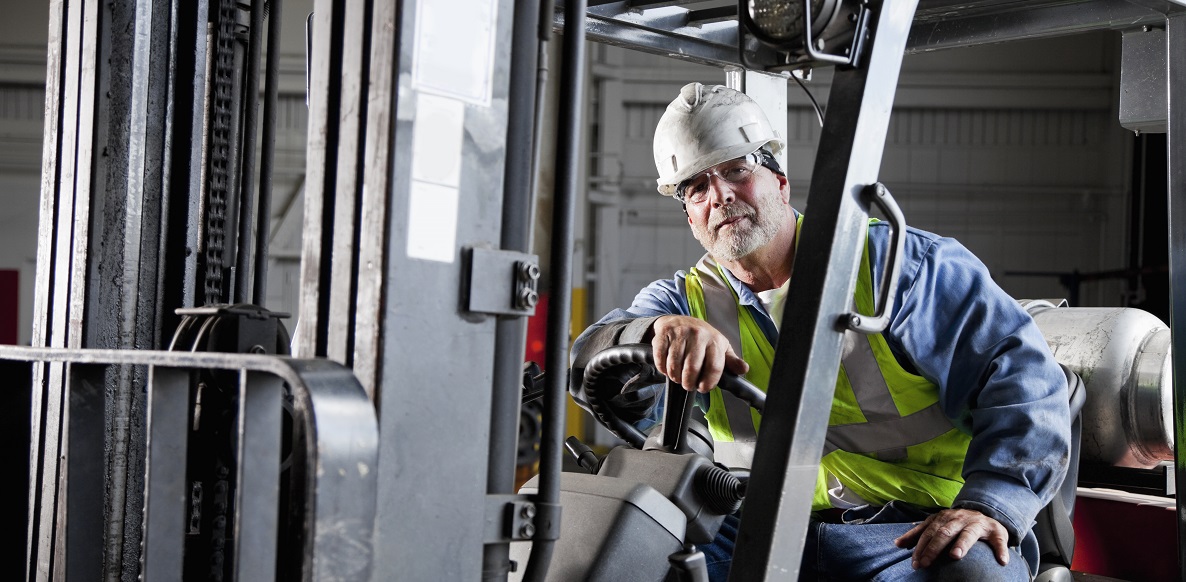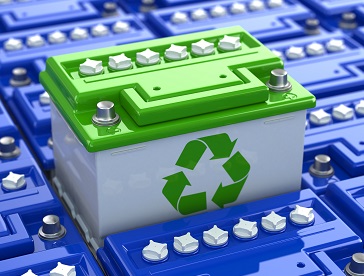
Lead batteries are a safe, reliable and trusted technology for everyday energy storage. The lead battery industry is one of the most highly regulated and monitored industries in the U.S. Many newer energy storage chemistries do not have the safety track record that lead batteries have maintained.










